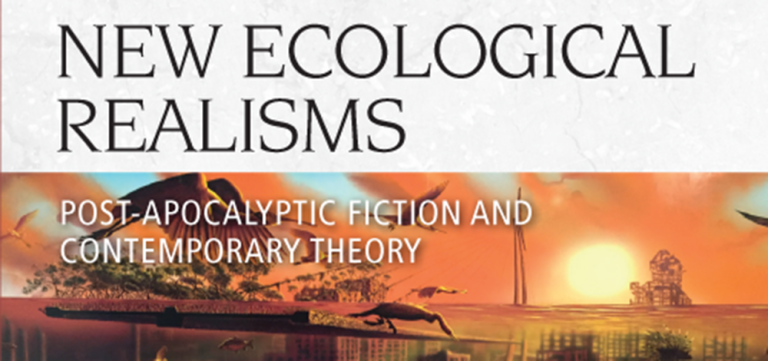
-
Ten everyday lessons
Read more: Ten everyday lessonsChantelle Gray offers a vivid tribute to Deleuze and Guattari’s radical becomings, calling for creative resistance and world-making.


Chantelle Gray offers a vivid tribute to Deleuze and Guattari’s radical becomings, calling for creative resistance and world-making.

Graham Harman and Monika Kaup Missed Part 1 – 3? Check them out here!Part 1Part 2Part 3 Or read the full conversation here! Graham Harman: Finally we come to the somewhat unorthodox pairing of your fifth chapter: Jean-Luc Marion and…

Graham Harman and Monika Kaup Missed Part 1 and 2? Check them out here!Part 1Part 2 Or read the full conversation here. Graham Harman: In Chapter Two your focus shifts toward the Chilean immunologists and autopoiesis theorists Humberto Maturana and…

Graham Harman and Monika Kaup Missed Part 1? Check it out here! Or read the full conversation here. Graham Harman: Much of the contemporary discussion of the material turn focuses on a group sometimes called the New Materialist Feminists, some…

Graham Harman and Monika Kaup Read the full conversation here. Graham Harman: You begin your book New Ecological Realisms by discussing a widely observed turn in recent continental theory, from the preoccupations with language found in structuralism and poststructuralism to…